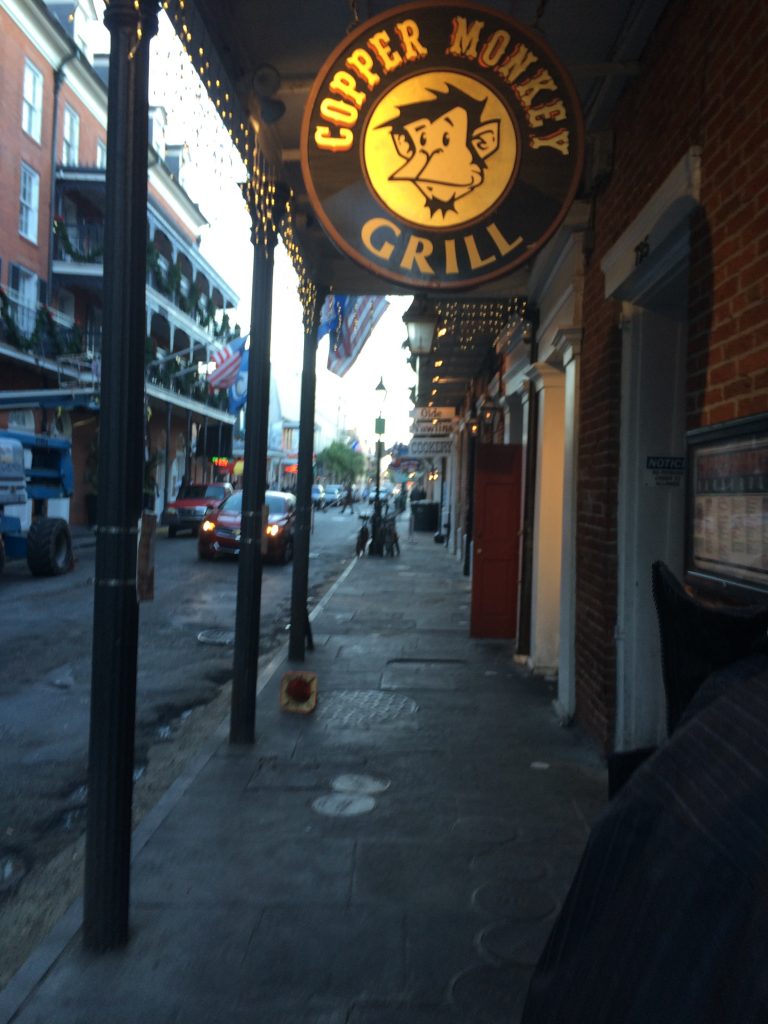New Orleans is the largest city in Louisiana, with a population of 343 829 as of the 2010 census. The people are lively and very friendly. The town is located in the southeastern part of Louisiana and lies on both sides of the Mississippi River. The humid subtropical climate makes it suitable to visit all year round. It is characterized by short, mild winters in January and hot, humid summers in July and August. The town is famous for its French and Spanish Creole and multilingual heritage. The city gains its fame from its cuisine, jazz music, and celebrations and festivals annually; the most notable is the Mardi Gras.
Culture
The town’s culture is greatly influenced by European culture, and this can be seen in the city’s famous cemeteries, which are above the ground. This practice of burying people in the richly adorned tombs above the ground originated from the Spanish who once ruled the town. You can visit these popularities of the dead’ and be amazed. Marie Laveau’s grave is a much-visited site representing a culture of voodoo which was a fruit of slavery and the many different cultures merging at that time. Marie was considered an undisputed Queen of Voodoo in the 1830s. While you might not be so lucky to witness the ceremonies and rituals, voodoo is still a part of the Resident’s Spirituality.
Where to stay
From classy Hotels filled with Antiques to Haunted historic properties, New Orleans is never short of exciting places you can stay. You can get accommodation in the French Quarter; it is very convenient, especially if you plan to frequently visit Bourbon Street, which has a very active nightlife. In the Golden District, lodging options are inns and Bed and Breakfasts, with most located in historic homes. The Central Business district has cheaper options, and the hotels are located close to the tourist attractions.
Where to Eat
New Orleans is known for its sophisticated dining and drinking culture that started more than 200 years ago. Because of this culture, many bars, restaurants, and other eateries are ready to cater to you. Sample the local delicacies like batter-fried seafood or roast beef with lettuce and pickles. Elizabeth’s, La Petite Grocery, and Atchafalaya are some of the best-known places to find something to eat.
How to get around
Navigating New Orleans is easy because there are many transportation options that you can choose from to experience the scenic streets and the lovely tree-lined avenues. The streetcar is my number one choice because it is very convenient and goes through the essential routes: ST. Charles, Loyola Avenue, Canal Street, and River Front. It would help if you had the exact change for the fare. You can also opt to hire a car or take a Pedicab or the Public Bus. After dark taking a taxicab is the best option. The city is also pedestrian-friendly, and you can opt to take a stroll to hit the shops on Magazine or take in the exciting boozy bliss of Bourbon Street. The flat terrain is also perfect for biking if you want to see the sights on two wheels and lose some calories simultaneously. Bikes can be rented in one of the many bike shops. Sail on the Natchez. This authentic steamboat has a calliope and cruises twice daily from one end of the city to the other.
What to do in New Orleans

New Orleans is a perfect destination with numerous activities that will keep you busy throughout your vacation. Here are some of the major activities that most tourists enjoy.
- Mardi Gras (French for Tuesday’)
The carnival is one of the main attractions in New Orleans; it officially begins on January 6th. The festival has pagan and some elements of Christianity and was legitimized by the Catholic Church as a celebration before the season of Lent. As a result, the Mardi Gras occurs 46 days before Easter and can come as early as February 3 or as late as March 9. The celebrations can stretch out into two weeks. The town becomes full of costumed spectators to watch the spectacular parades, entertainment, and festivities.
Visit the world-renowned French Quarter and the Treme Community
Originally a colonial-era city, the French Quarter contains popular bars, hotels, and nightclubs. The major tourist stops here include Bourbon Street, French Market, Jackson Square, St. Louis Cathedral, and the Preservation Hall. You can also visit the New Orleans Mint museum, a former branch of the US Mint. Located close to the French Quarter, it contains the Jazz National Historic Park and the African American Museum.
The city park
This is the perfect place for families with kids. The park lies on over 1,300 acres of land and contains a botanical garden, sculpture garden, a museum of art, an amusement park, Storyland, a water park, tennis courts, an 18-hole golf course, and much more attractions.
Night Life
New Orleans has a very active nightlife with casinos like the Harrah’s casino, where you can try your luck. The music clubs are also a significant hit with places like the jazz club, where you can find live jazz music anytime. Bourbon Street, which is world-renowned, is the best street for club-hopping because it is filled with clubs, restaurants, and other attractions. You can also check out the numerous Dance Clubs and Late Night Eats.
Shop
Shop for elegant hand-smocked dresses on Magazine Street and then move on to Royal Street, where you can shop for art. The next stop is the French Quarter, where unique boutiques and galleries will be found. The last stop is the Antique shop, where you will find interesting items.

New Orleans has been on my list for like long! Seeing this post has bumped it up a few spots. Thanks for posting